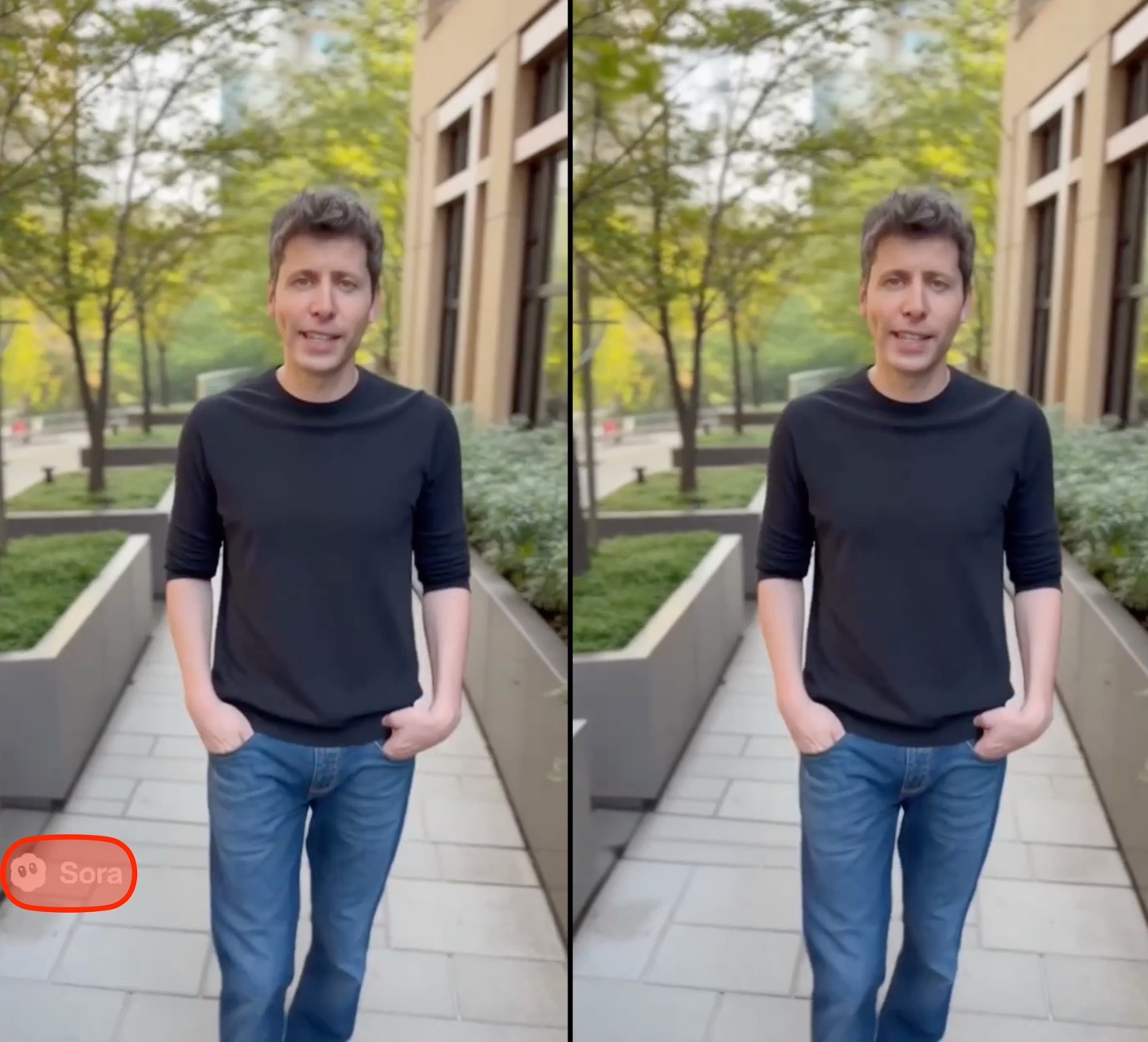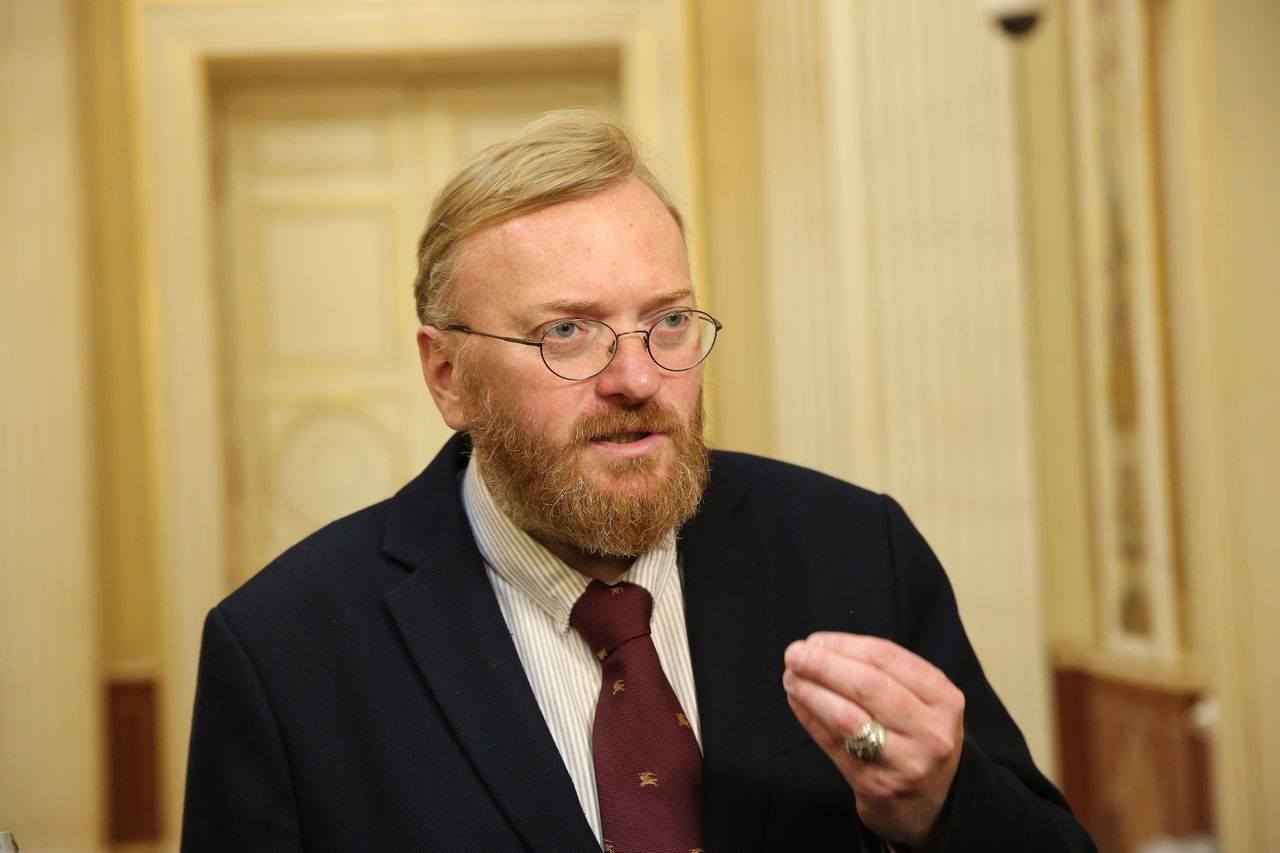A few weeks ago, World Health Organization raised the alarm about the increase in cases childhood pneumonia in China, compared to other years. None of them were fatal, and very few were serious, but the truth is that the rebound was not enough to look the other way. Over time, other countries have joined the list of such excess cases of childhood pneumonia: Denmark, the United States and the Netherlands are some examples. But what’s going on? Is there a new pathogen that we should be wary of, as per the principles COVID-19 pandemic? The truth is, no.
As explained in Talk Zania Stamataki, professor of viral immunology at the University of Birmingham, the pathogens causing these cases of childhood pneumonia are all old friends of immunologists. Most common bacteria Mycoplasma pneumonia, which actually gave the disease its name. However this pneumonia It can be caused by almost any virus or bacteria that infects the respiratory tract. In fact, this year, as in previous years, there has been a sharp increase in the incidence of children respiratory syncytial virus (RSV). Not all of them, of course, end in pneumonia, but in some cases inflammation still occurs.
It’s true that there are viruses and bacteria that mutate evade the memory cells we generate after infection. In fact, this is what the flu virus does every year. Some pathogen may be doing this and causing such an increase in childhood pneumonia cases. However, this will not make it a new virus or bacteria, but rather an already known virus that has improved its properties. ability to infect and reproduce. In any case, childhood pneumonia appears to be the result of a fall herd immunity among this population, due in part to measures taken in response to the COVID-19 pandemic. Does this mean that these were unnecessary measures? Of course not. Without them the situation would have been much worse.
Childhood pneumonia is not new
We must assume that childhood pneumonia is not something new. In 2019, UNICEF published a report showing that a child dies worldwide from pneumonia every 39 seconds. These are very alarming numbers that mainly concern five countries: Nigeria, India, Pakistan, Democratic Republic of Congo and Ethiopia.
Perhaps that is why we did not know this information. Because it affects countries that practically did not exist before our Western navel.
But these are children, just like those who suffer from childhood pneumonia, which we are now focusing on. And these are children whose previous health is sometimes unable to fight off infection. This is a situation we should have been paying attention to for many years.
We are now focusing on childhood pneumonia as we see it approaching our children. Fortunately, in countries where cases are being reported, sanitary conditions They are quite good, so most of them take a mild course.
What should we do?
It is clear that this is most likely outbreaks of childhood pneumonia due to the protective measures introduced by Covid-19. In recent years, children have practically not become infected with respiratory infections, since they were protected from them by the same measures as during prevent the famous coronavirus.
Young children’s immune systems he’s training based on infections. To see this, you just need to go to kindergarten. With less training, the effects of some respiratory pathogens may now lead to an increase in cases of childhood pneumonia.
There should be no panic; but of course yes action needs to be taken on two levels. On the one hand, parents of children should take possible measures to avoid infection. One of the most important is that if a child has symptoms of infection, whatever they may be, do not take him to kindergarten. Thus, everything possible is done to disable the transmission. On the other hand, when necessary, we must not forget the importance of masks and safe distance.
The second level where caution needs to be exercised is at the health authorities of countries. They have to take appropriate follow-up actions identify outbreaks of childhood pneumonia and take action as soon as possible.
We will gradually see how the situation develops and find out whether the measures are being implemented correctly.
Source: Hiper Textual












